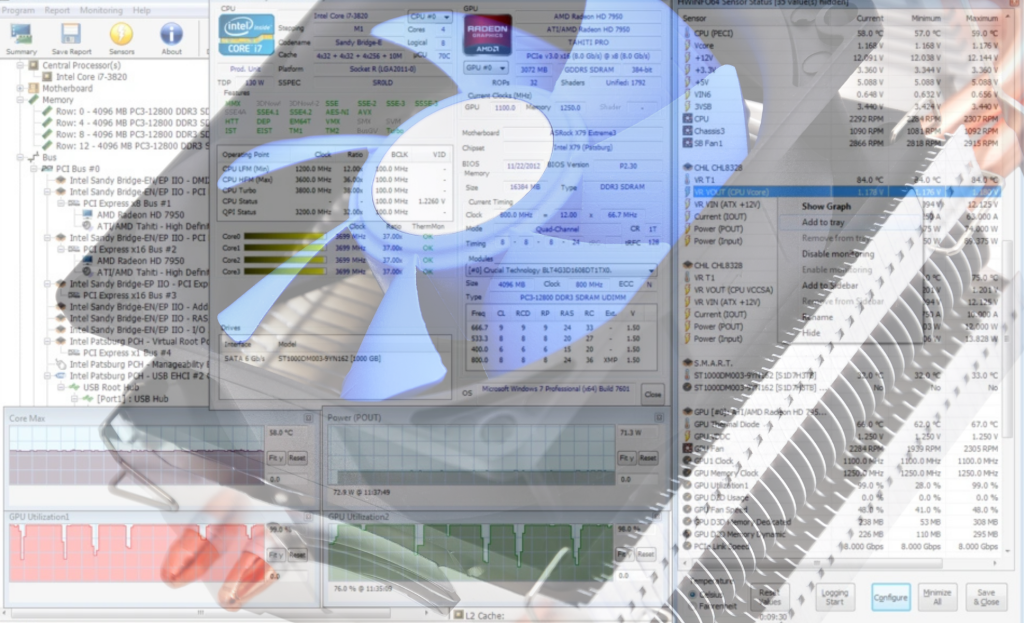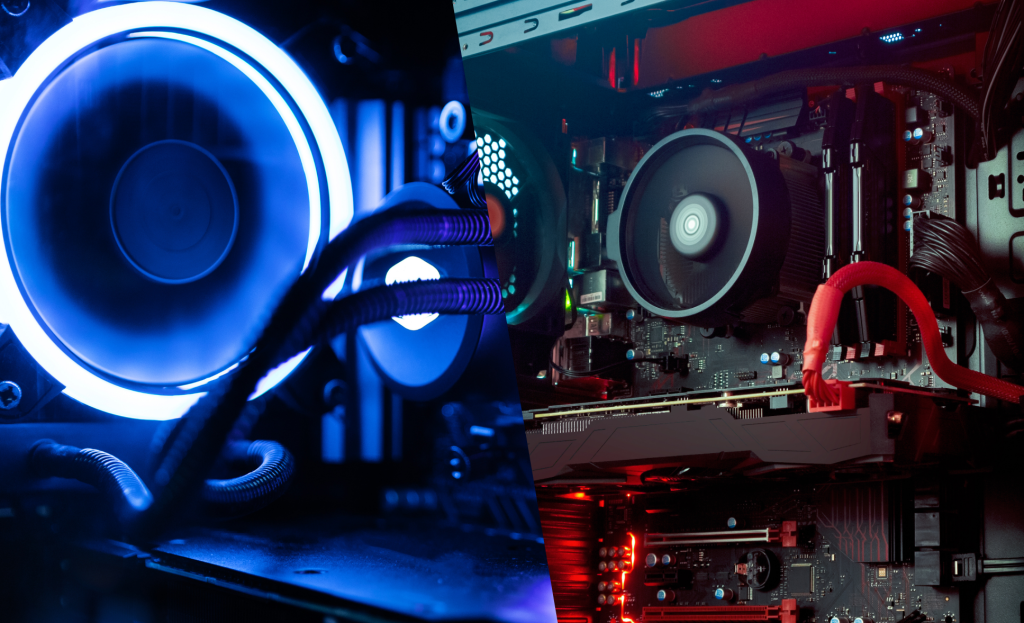
Cache memory – what is it and what is its role?
Cache memory is a temporary storage space used by digital devices such as mobile phones, computers, or tablets, reserved for saving frequently used data. The main purpose of cache memory is to optimize information access speed and improve the user experience.
For example, when you visit a website, your browser saves elements such as images, CSS files, JavaScript, or even content fragments in the cache memory. On your next visit, these are loaded locally, without needing to be downloaded again from the internet. The result is faster browsing speed and shorter website response time.
Types of cache memory
There are several types of cache memory, each with a specific role:
- Browser cache – used by Google Chrome, Mozilla Firefox, Microsoft Edge, and other browsers to save files from visited websites.
- Operating system cache – used to store temporary files and operating data, which helps the system run faster.
- Application cache – each mobile or desktop application can have its own cache, where it saves useful data for operation (images, audio files, user preferences, etc.).
- DNS (Domain Name System) cache – stores the IP addresses of visited sites to avoid repeated querying of DNS servers.
What does cache memory help with?
Cache memory brings significant benefits in the daily use of devices and the internet:
- Increases loading speed of websites and applications.
- Reduces mobile data consumption, especially when you frequently visit the same sites.
- Optimizes system performance through quick access to temporary files.
- Improves browsing experience, eliminating delays caused by slow connections.
However, it also has disadvantages. If it becomes too large or contains corrupted data, it can lead to problems such as:
- incorrect display of web pages,
- application crashes,
- lack of space on the device,
- authentication errors on certain sites.
When and how should cache memory be cleared?
It is recommended to perform this action periodically, especially when you notice that:
- web pages are not loading correctly,
- applications are running slowly or crashing,
- your phone or laptop’s storage space is almost full.
How to clear cache memory depending on the device:
1. On computer (Windows / macOS):
- Open your browser (e.g., Google Chrome).
- Go to the “Settings” menu – “Privacy and security”.
- Choose “Clear browsing data”.
- Check the option “Cached images and files”.
- Confirm by pressing the “Clear data” button.
2. On Android phone:
- Go to “Settings” – “Apps”.
- Select the desired application.
- Choose “Storage” – “Clear cache”.
3. On iPhone (iOS):
- Go to “Settings” – “Safari”.
- Tap “Clear History and Website Data”.
- For other applications, the clear option appears in each application’s individual settings.
Benefits of periodically clearing the cache
Regularly clearing the cache brings a series of practical advantages:
- Frees up storage space.
- Prevents web page display errors.
- Ensures privacy by removing traces of online activity.
- Improves overall system performance.
It is recommended to clear the cache once every few weeks, depending on how intensely you use the device and the internet.
Regular cleaning the cache is a simple, yet effective practice
Cache memory is an essential ally for the speed and performance of modern devices. It makes websites load faster and applications run smoother. However, when it becomes too large or contains old data, it is advisable to clear it to maintain optimal performance and system stability.
Therefore, periodically clearing the cache is a simple, yet effective practice that contributes to a faster, safer, and more comfortable digital experience.









